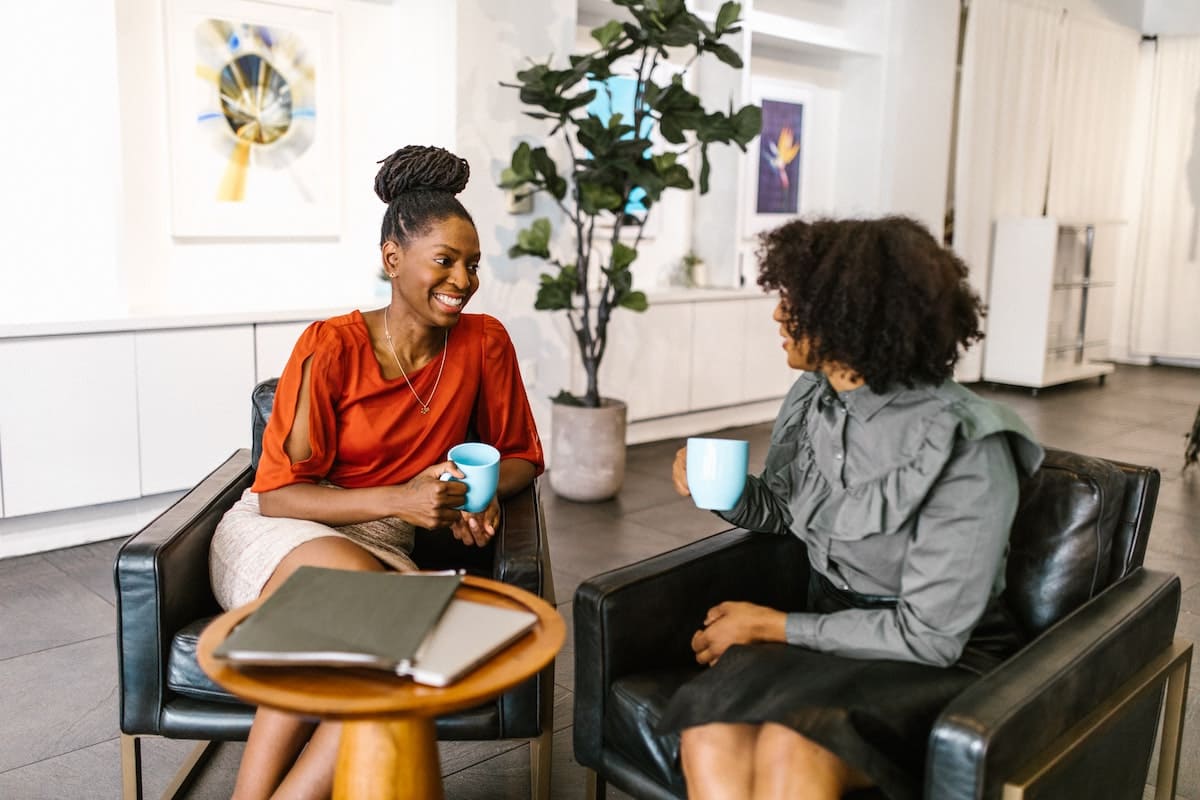Currently Empty: $0.00

In a world where communication extends beyond verbal expression, understanding the nuances of positive body language becomes paramount. It’s not just what you say but how you say it—non-verbal cues play a pivotal role in effective communication. This blog will delve into the question: What actions are considered positive body language? By exploring various gestures, postures, and expressions, we aim to shed light on the key elements that contribute to positive interactions.
Table of Contents
Understanding the Power of Positive Body Language
Positive body language is a silent communicator that conveys confidence, openness, and engagement. It goes beyond spoken words, creating a bridge between individuals and fostering connection.
The Importance of Eye Contact

Eye contact is a fundamental aspect of positive body language. When you maintain steady eye contact, you signal attentiveness and sincerity. It builds trust and establishes a strong connection between you and others.
Smiles: The Universal Language of Positivity

A genuine smile can transcend language barriers. It radiates warmth and friendliness, instantly putting those around you at ease. Learn how to use your smile to create a positive atmosphere in any situation.
Open Postures and Their Impact

Your body posture speaks volumes about your mindset. Open postures, such as uncrossed arms and relaxed shoulders, convey approachability and openness. Discover how adopting these postures can enhance your professional and personal interactions.
Mirroring: Building Connection Through Imitation

Mirroring involves subtly imitating the body language of the person you’re interacting with. This technique fosters a sense of connection and understanding. Find out how mirroring can strengthen your relationships.
Active Listening as a Form of Positive Body Language

True communication is a two-way street, and active listening is a powerful component of positive body language. Learn how to show genuine interest and engagement through attentive listening.
Using Gestures to Enhance Communication

Gestures add depth to your communication. From hand movements to facial expressions, incorporating appropriate gestures can amplify the impact of your message. Explore the art of using gestures effectively.
The Role of Proximity in Positive Interactions

Proximity influences the dynamics of a conversation. Understanding the appropriate distance to maintain in different situations is crucial for creating a comfortable and positive environment.
Consistency is Key: Aligning Verbal and Non-Verbal Communication

For positive body language to be effective, it must align with your spoken words. Discover the importance of consistency in communication and how it contributes to building trust.
Enhancing Professional Relationships Through Positive Body Language

In a professional setting, positive body language can be a career game-changer. Uncover the key gestures and postures that can elevate your professional presence and foster meaningful connections.
Cultivating Positive Body Language in Social Settings

Whether at social events or casual gatherings, positive body language enhances your social interactions. Learn how to navigate various scenarios with confidence and charm through conscious non-verbal cues.
Conclusion
Mastering positive body language is an ongoing journey that significantly impacts your personal and professional life. By incorporating these practices into your daily interactions, you can elevate your communication skills and build stronger connections with those around you.
For further insights on effective communication and personal development, explore articles on Psychology Today and Harvard Business Review.
FAQs
Q1: How can I improve my eye contact during conversations?
A1: Practice maintaining eye contact during daily interactions. Start with short durations and gradually increase as you become more comfortable.
Q2: Is mirroring always appropriate in communication?
A2: While mirroring can enhance connection, it should be done subtly. Avoid mirroring every movement, as it may come across as insincere.
Q3: Can positive body language be learned, or is it innate?
A3: Positive body language can be learned and refined through conscious effort and practice. It’s a skill that anyone can develop.


